21+ Sample Pay Stub and Paycheck Stubs
-
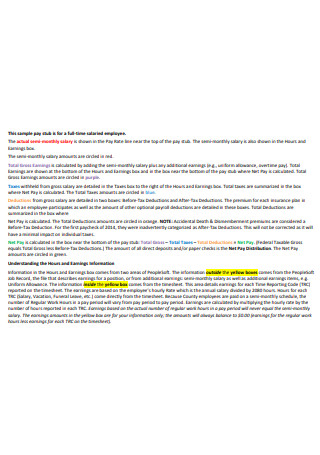
Sample Pay Stub
download now -

Pay Stub Format
download now -
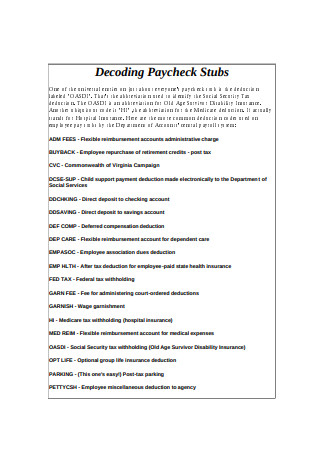
Pay Check Stub
download now -
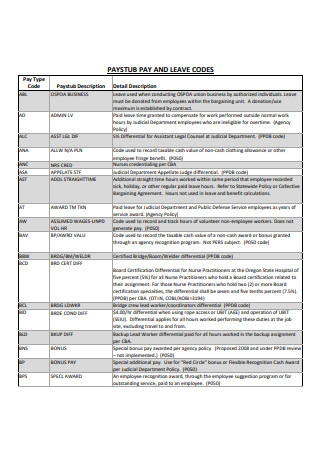
Sample Pay Stub Format
download now -

Pay Stub Sample
download now -
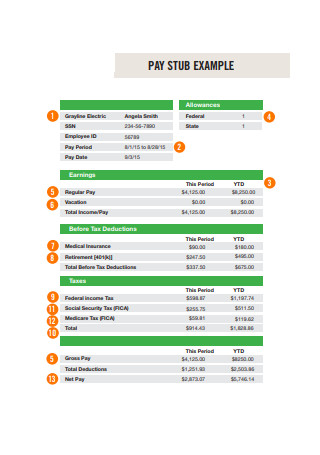
Pay Stub Example
download now -
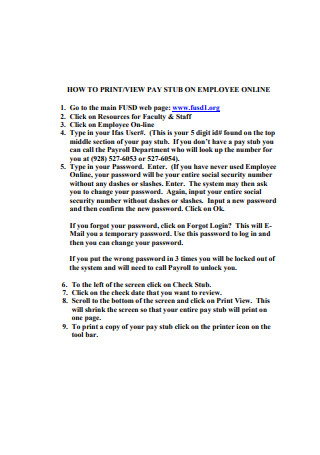
Pay Stub Online
download now -
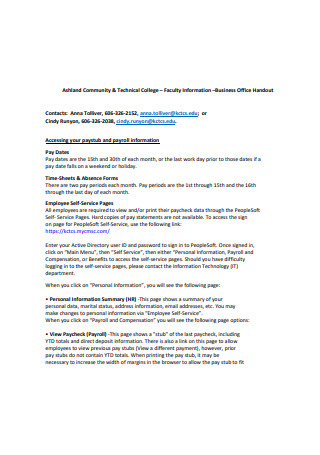
Basic Pay Stub
download now -
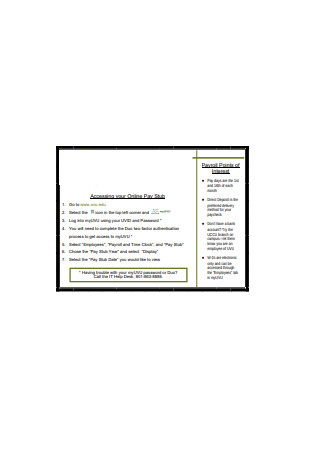
Online Pay Stub Format
download now -

Employee Pay Stub
download now -

Agreement For Electronic Pay Stub
download now -

Pay Stub Email Address Change Form
download now -
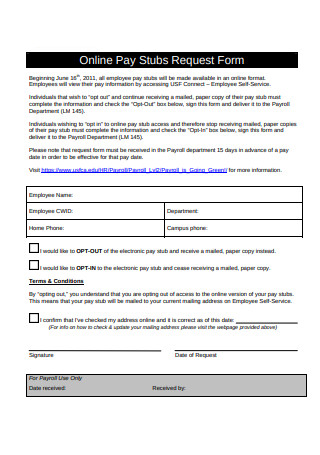
Online Pay Stub Request Form Sample
download now -

Financial Literacy Pay Stub
download now -
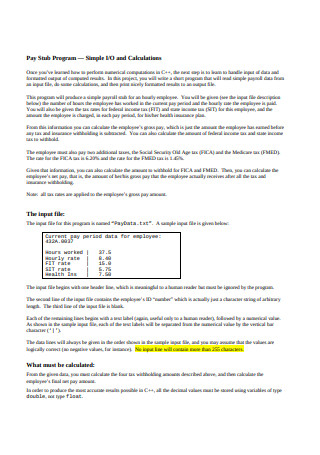
Pay Stub Program
download now -
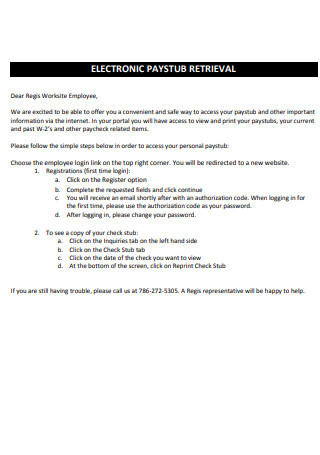
Electronic Pay Stub
download now -
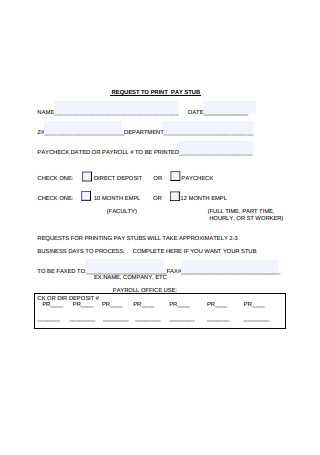
Request to Print Pay Stub
download now -
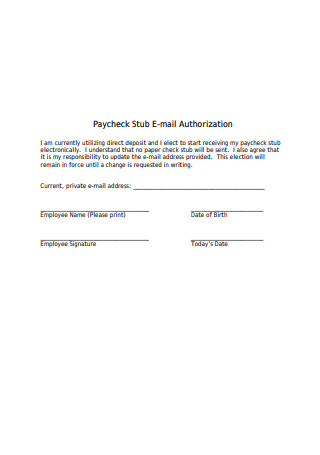
Paycheck Stub E-mail Authorization
download now -
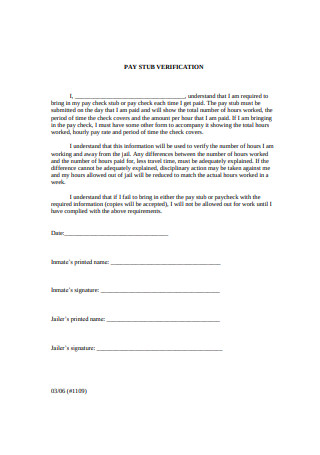
Pay Stub Verification Format
download now -
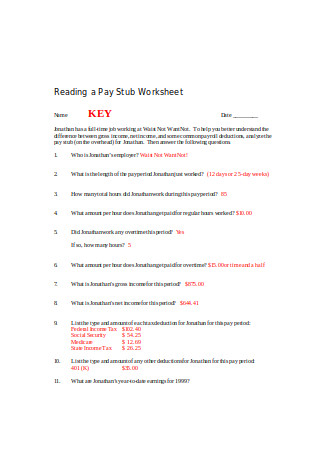
Pay Stub Worksheet
download now -
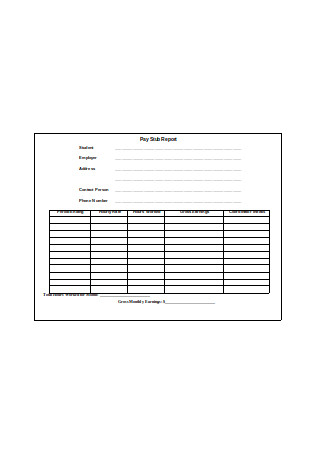
Pay Stub Report
download now -
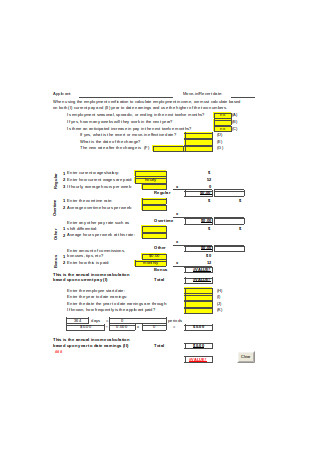
Pay Stub Worksheet Sample
download now
FREE Pay Stub and Paycheck s to Download
21+ Sample Pay Stub and Paycheck Stubs
What Is a Pay Stub?
Components of a Pay Stub
Types of Pay Stub Paper
How to Create a Paycheck Stub
Reasons for Keeping Pay Stubs
FAQs
What are the parts of an employee paycheck stub?
Are paycheck stubs considered legal documents?
Why keep pay stubs?
Every time your pay is in, it pays to know that there’s more than meets the eye when it comes to your pay stub. Next time, never take them for granted. Whether you’re an employee from Target who receives a Target paycheck stub or an ordinary employee from a humble company in a small town, you’d learn more interesting things about paycheck stubs and pay stub examples in this article. Read on.
What Is a Pay Stub?
Paycheck stubs show the wages earned by a worker for a period set, together with any taxes, personal deductions, employee contributions, and other pertinent details. These documentations let employees know how their wages are computed. Most of the time, the paycheck stubs are attached to employees’ paychecks or they are distributed online. You may provide electronic copies if you choose to pay your employees by direct deposit.
A lot may think about why as basic as a pay stub needs to be discussed further. As simple as it may seem but check stubs are a big deal. Did you know that paycheck errors are common in the U.S.? A survey by The Workforce Institute reveals that approximately 82 million Americans have suffered paycheck problems in their careers. These payroll discrepancies include over-payments, late payments, and incorrect payments, and non-payments. With that being said, learning the basics of creating pay stubs is essential.
Components of a Pay Stub
There are lots of information included on a paycheck stub to help you and your workers monitor your deductions and payments. To further understand what details are included in a pay stub, look into each category. Basically, these are the components of real check stubs:
Types of Pay Stub Paper
Some people want to keep a physical piece of document or a hard copy when it comes to their pay stubs. If you are finding ways to produce and deliver paycheck stubs in paper form, first try to know the kind of paycheck stub paper at your disposal. When choosing what you want to print your paycheck stubs on, here are different types of paper to choose from:
How to Create a Paycheck Stub
Issuing your workers with paycheck stubs makes it easier for you and your employees to oversee finances. Your real paycheck stubs primarily serve as a receipt that you must distribute to them every pay period. You can prepare the computers and printers to let your workers print them if they choose to after you’re done with making a template. When it comes to making a pay stub, go back to basics. Do an arithmetic calculation. Utilize any spreadsheet application you’ve got. Begin creating columns for net pay, deductions, and gross pay. This lets you put up a template and store records.
Step 1: Compute Your Worker’s Gross Pay.
Gross pay is one of the easiest to calculate since all you have to do is divide your employees’ yearly wage by the number of paydays throughout the year. So if a worker earns $16 an hour while working 40 hours a week, he or she would earn $640 each week. His or her net pay should be $1280 each period if the pay periods are two weeks apart.
You have to multiply the hourly rate by 1.5 if your company or agency offers time and a half pay for overtime. The $16 per hour pay would become $24 for each hour of overtime. The sum of all the overtime pay should be added to the gross pay.
Step 2: Compute Deductions.
Calculate deductions after computing the gross pay of your workers. Anything that gets out of each check is the deductions. The usual deductions in most agencies are Social Security deductions, taxes, and the like. You need to know how much state and local taxes are deducted out of paychecks, so you can properly do the calculations. You can use the IRS Employer’s Tax Guide as a reference. The amounts will not be the same since it depends on whether the worker is the head of the family or married. Bear in mind that you may not need to be charged with local taxes, so keep yourself updated and informed by your city’s rules.
Step 3: FICA Tax Withholding.
You don’t need to go through with all the nitty-gritty of finding the amount to be deducted when it comes to Medicare and Social Security deductions. Medicare deducts 1.45 % while Social Security takes 6.2% of a worker’s gross pay.
Step 4: Ascertain the Net Pay.
Net pay is the amount that remains after additions and deductions to the worker’s gross salary are made. This is the amount that an employee would be able to deposit whenever he or she gets a check.
Reasons for Keeping Pay Stubs
Net pay, social security deductions, health insurance, and gross wages are some of the details you can find on a pay stub. There are some advantages of securing these payroll documents. Here are good reasons for keeping paycheck stubs:
1. Identity Verification Purposes
The financial institution will ask you for some documents to confirm your identity once you open a bank account. Every paycheck stub presents your social security number, together with personal details. You can furnish a copy of your latest pay stub to validate your identity. Your bank may also ask for a copy of your state-issued identification and social security card along with other documents to corroborate the details from your paycheck stub.
2. Filing Taxes
It might cross your mind that the only important purpose of pay stubs is to keep track of your paychecks, but keeping copies of them can aid you in accurately filing your taxes. It will save your accountant time and effort when settling your taxes if you give out these details if you choose to not file your tax return on your own.
3. Prepping Up for a Tax Audit
Keeping precise financial records is essential to keeping yourself protected during any tax audit. Your work setup matters less whether you’re employed by an agency or a freelancer, state taxing agencies will audit your records nevertheless. You’re actually making yourself ready for any tax audit when you secure a copy of each paycheck stubs you receive. You can present these documents to verify the details of your tax filings.
4. Monitor the Hours You Work
If an employer pays an employee per hour, every paycheck stub will indicate the number of hours the employee worked in a particular pay period. If a worker secures copies of these financial documents, he or she will be able to keep an eye on all the hours he or she has worked.
5. Proof of income
Application for leasing a property and acquisition of financing are just examples of a set of circumstances when lenders may ask for evidence of income. Most agencies accept a copy of your latest paycheck stub as proof of income. Individuals who do freelancing can also utilize these types of financial documents to establish evidence of their income. While people who are self-employed can consider visiting certain websites in creating pay stubs online. One should also consider paying an accounting expert a visit for a consultation on knowing particular information to properly include in a paycheck stub.
FAQs
What are the parts of an employee paycheck stub?
Employee Name, Date and Pay Period, Hours Worked, Gross Pay, Deductions, Employer Contributions, Taxes, Direct Deposit Information, and Net Pay.
Are paycheck stubs considered legal documents?
Paycheck stubs are regarded as legal documents, so as long as you have specified true and correct information in them, they are treated as legal. However, there are instances that they need to be signed or certified by the company or agency entered on the pay stub.
Why keep pay stubs?
You may not keep any records at the moment, but you should start saving them up in the future. Whether you’re hired by a company or you’re treading the freelancing route, these documents are important for future purposes. You will need to furnish financial documents like a paycheck stub in leasing your next property or acquiring financing. It also saves you all the hassle when filing your taxes if you had kept copies of each paycheck stub you receive.
A paycheck stub is part of a paycheck that gives information about an employee’s name, hours worked, wages received, taxes paid, and more. They are distributed either through printed documents or electronic copies. That said, digital pay stubs are the current trend with the prevalence of direct deposit. Paycheck stubs both benefit employers and employees. Workers can keep their pay stubs for them to review it in case of discrepancies. They can also easily apply for loans, credit cards, mortgages, and the like if they secure such financial documents. For employers, they furnish copies of pay stubs to show their employees they are paying them rightly and as promised. Employers can effortlessly generate paycheck stubs with the help of sample pay stubs. Browse through our collection of diverse templates. Download today!
